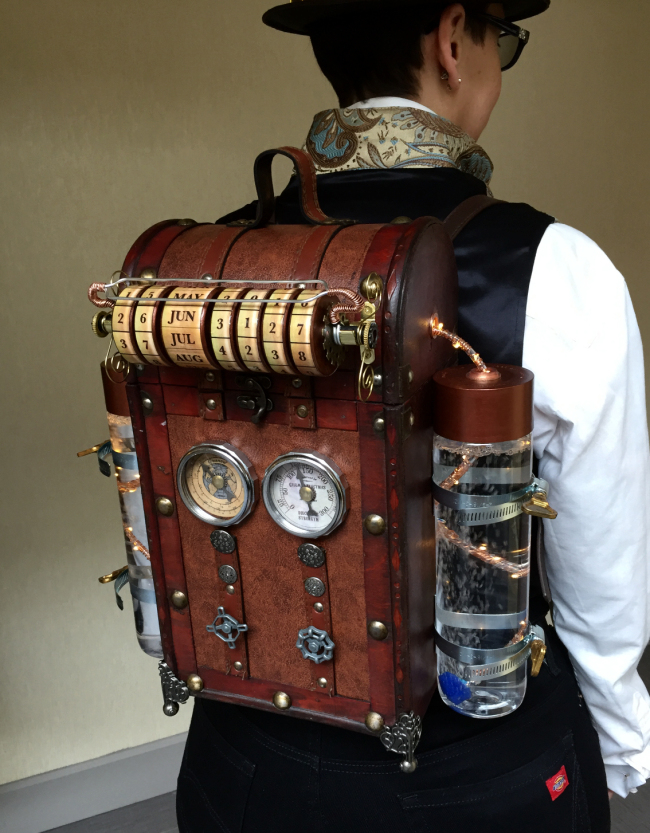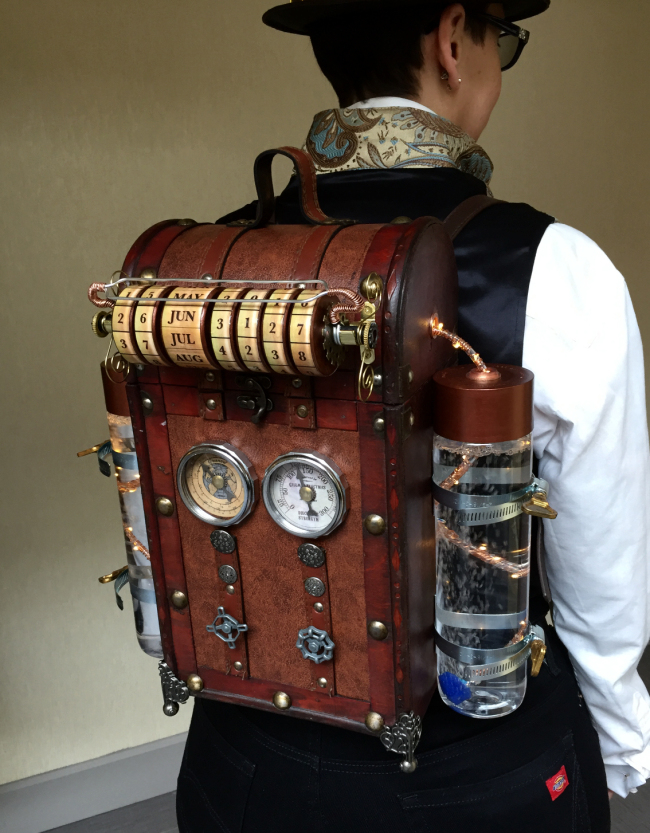In the design of analoge games we have discovered that the design of the play objects used in the game can have both positive and a negative impact on the play experience.
Whether it is the board of a game, the cards, or special board pieces… all these objects benefit from special attention and production value. Flimsy, thin, cheap objects detract from the value of the game experience. This includes objects used to build escape rooms. We call all these objects “props”, in analogy to the objects used in the movie industry or in theatre. In games these are often ‘miniature’ versions of real life objects (a house in Catan, a hotel in Monopoly).
After doing lots of experiments, and observing and analysing many games made by our students, we have identified a number of design patterns.
Here is the take-away: as a rule of thumb, we believe that a good prop should contain at least three of the design qualities named hereafter to add value to the play experience.
1. Suggestion of Substance
Props used in play benefit from proportional weight. If the prop is a miniature, its weight should meaningfully relate to its real world counterpart. A play sword improves by making it heavy. Poker chips are relatively heavy, but cheap plastic fiches do not have the same affordance in comparison while playing. People love fiddling and toying with pokerchips.
An object that mimics being made of wood looses quality if it is made of light weight plastic. The design rule of thumb is: the prop should have the weight that is suggested by the shape, form or material it mimics to be made of.
In many instances it is preferable to use the actual material. A wooden box made of wood is better than a cardboard box made to look like wood. But weight is more important than material. So you can get away with a cardboard box made to look like wood weighing approximately what a wooden box would have weighted…

2. Suggestion of Transparency (of material and function)
A prop increases the value of play if it is transparent / explicit in the material of which it is supposed to be made. The same applies to the function it is supposed to have. Make metal look like metal; use screws or rivets to show how it is supposedly assembled. Use hinges to show if a lid can be opened. Not everything has to be functional though (it is a prop!), but it should suppress the disbelief that is does not or cannot function. Excellent examples can be found in cosplay based on Steampunk.
3. Suggestion of Functionality suppressing disbelief
A prop that is suggesting some complex functionality should offer at least part of that functionality to suppress the disbelief that it does not function at all.
If you intent to present a technology that has no real or existing counterpart, try to suggest a ‘narrative logic’ to the technology in its visual form.
The example ‘backpack’ on the left pretends to facilitate ‘time travel’ and the visual elements (like the scroll-like interface) suggests this function (you can ‘enter’ date and year of your destination) while being mysterious in how it exactly would work. (We know, it doesn’t. It’s Play).
A safe, to store secret elements, should be able to open and close; electronic equipment should suggest its function by an on/off switch and preferably a led indicating on and off.
A mini theatre might have working lights. You get it.

If you intent to present a technology that has no real or existing counterpart, try to suggest a ‘narrative logic’ to the technology in its visual form.
The example ‘backpack’ on the left pretends to facilitate ‘time travel’ and the visual elements (like the scroll-like interface) suggests this function (you can ‘enter’ date and year of your destination) while being mysterious in how it exactly would work. (We know, it doesn’t. It’s Play).
A safe, to store secret elements, should be able to open and close; electronic equipment should suggest its function by an on/off switch and preferably a led indicating on and off.
A mini theatre might have working lights. You get it.
4. Suggestion of History
Almost all props in movies are weathered. This means they are deliberately ‘aged’ using various painting and abusive techniques (literally hitting a prop with a hammer) to suggest wear and tare and avoid a ‘just left the showroom’ kind of look.
Many parents have made ‘parchment’ using tea to stain blanc paper. Especially if you create games that suggest history or contain vintage objects, weathering is quintessential to suggest age and heritage. Master prop makers (Adam Savage) go as far as creating a narrative in their head of the life span of the object while ageing the prop to come up with convincing wear and tare on the object. If you want to go pro, go deep 😉
5. Suggestion of Personification of ownership
Another interesting way of adding value, which is an extension of rule 4, is personifying the prop relating it to a famous person or character. A vintage guitar is one thing, but the same vintage guitar ‘played by Paul McCarthy in 1967’ multiplies its value by a tremendous amount. This is the magic in the collectors world (including certificates of authenticity) which means that even the most mundane objects become collectibles.
This works in play as well.
6. Suggestion of Essential Qualities
If you are dealing with a miniature prop, you can add value by giving your prop one to three working qualities it shares with its real world counterpart. The rule of thumb to select these is: if you would ask a six year old child to name the three most characteristic features or functions of the objects, those could be the ones to go for.
A simple example is a good quality vintage toy car. You might be able to steer the little fellow; open its doors, and open the hood and the trunk. If you look up Schuco collectible toy cars, you’ll see what we mean. I built a wooden toy theater to be used in play therapy, with full working theatre lights and it definitely added value to its therapeutic use.
7. Suggestion of Magic
These prop quality rules also apply to the mundane play components we use our analog game. Pawn, cards, the game board. Time and effort spend on these pays off in the play experience. There is something oddly satisfying in playing dominoes with original heavy pieces in Egypt (we did). In playing chess on a vintage heavy board with heavy hand carved pieces; in playing tric trac on a handmade inlaid wooden box. It might sound silly, but your player will add it up to the play experience embedded in your rule based design. Its like the placebo effect: why not use it if it’s there…
Willem-Jan Renger
Evert Hoogendoorn

